Mother of God of Vladimir
Egg tempera on wood, cm. 43x36
Central Russia, 18th century
In good general condition, as evident from the attached photographs.
The Mother of God Eléusa (merciful), also called of Tenderness, is one of the three traditional types of representation of the Virgin in medieval icons, together with the Mother of God Odigítria, She who shows the way, and the Mother of God Panagìa (all Santa), in a prayerful attitude.
In the Mother of God of Tenderness it is the particular sweetness of the gaze and embrace between the Virgin and the Son which culminates in the delicate juxtaposition of the cheeks, the distinctive iconographic motif, which symbolizes the depth of divine love.
One of the variants of the Mother of God of Tenderness is the Byzantine icon of the Mother of God of Vladimir, brought to Russia from Constantinople in 1131, placed in 1155 by the Kiev prince in the Dormition Cathedral of the city of Vladimir, from which the name comes , and today at the Tretyakov Gallery in Moscow. This icon is inspired by it, if not in the colors, at least partially in the iconographic structure. The Child clings to the Mother, gently placing his face close to hers and stretching his right hand across her chest, as if wanting to embrace her entire figure, an image of Christ's embrace of her Church. The Virgin's expression is at the same time tender, due to the embrace of her son, and saddened by her, because she forewarns the passion connected to her own redemptive mission.




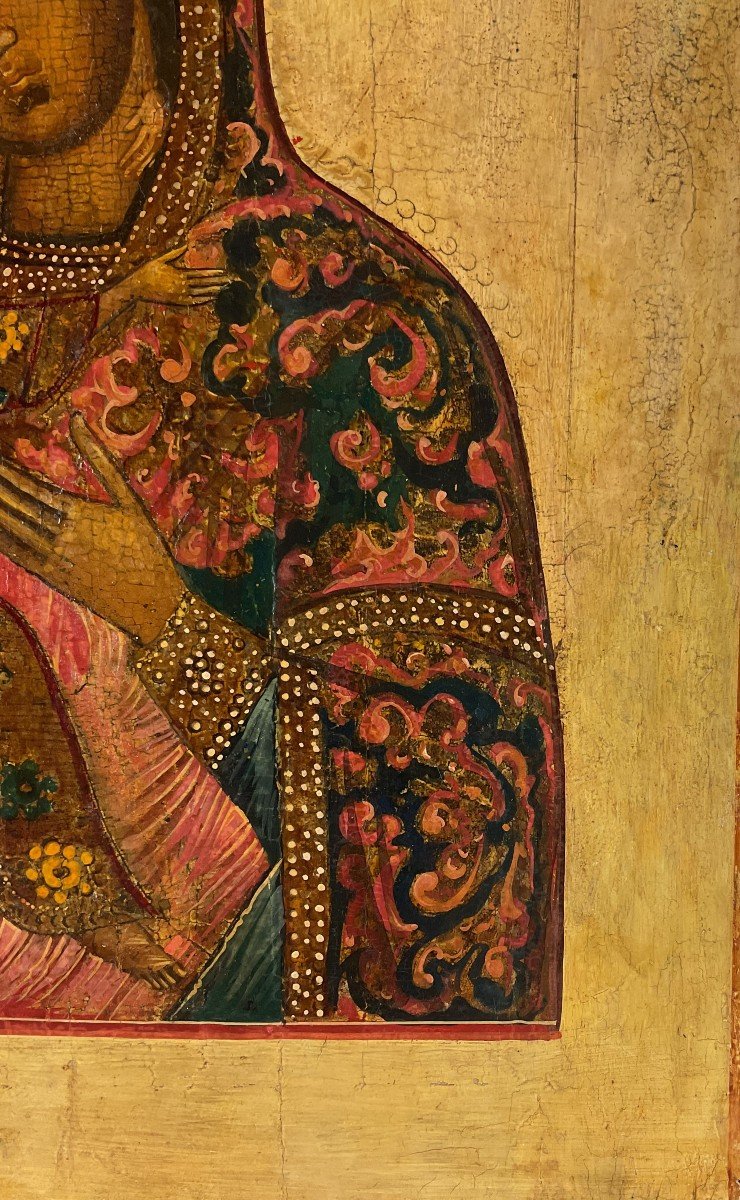
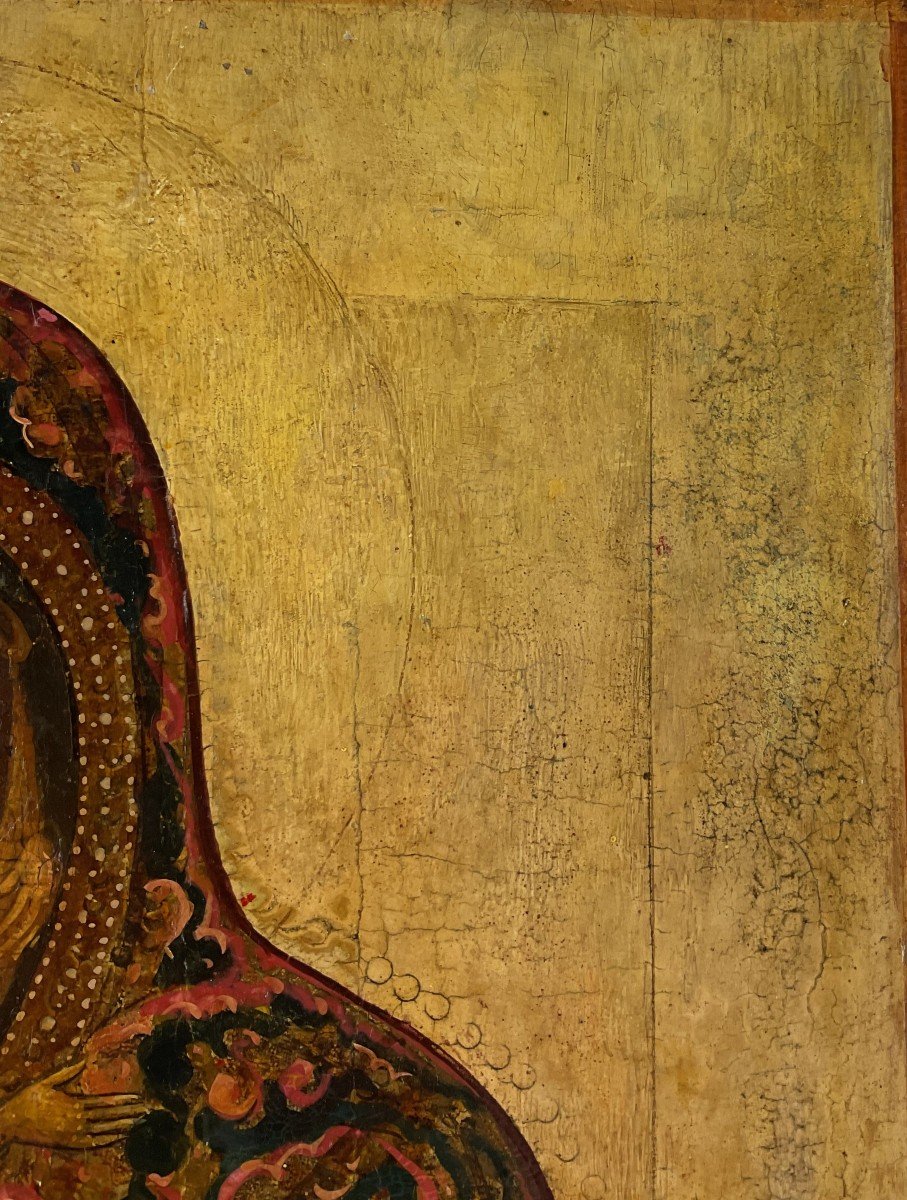

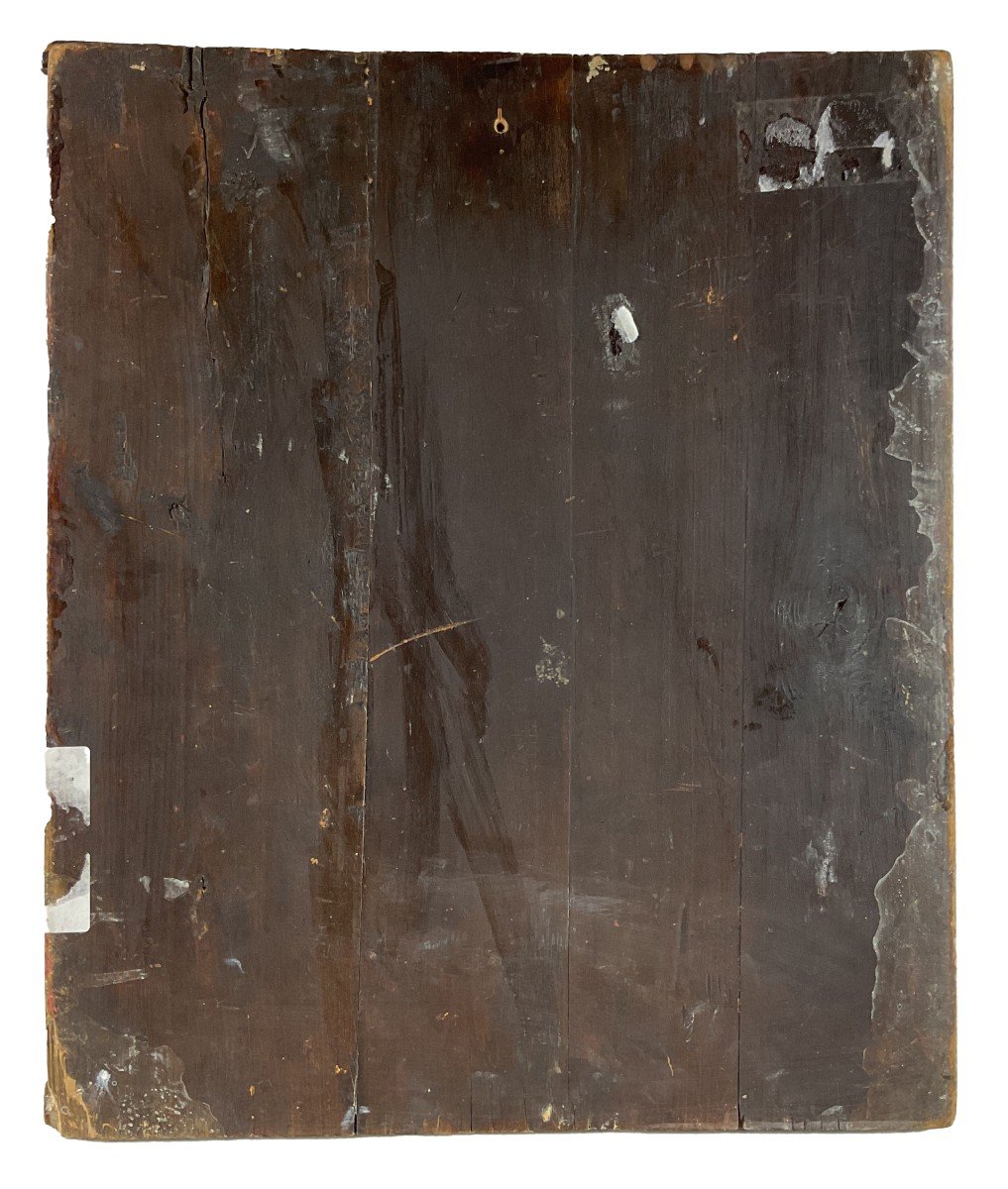


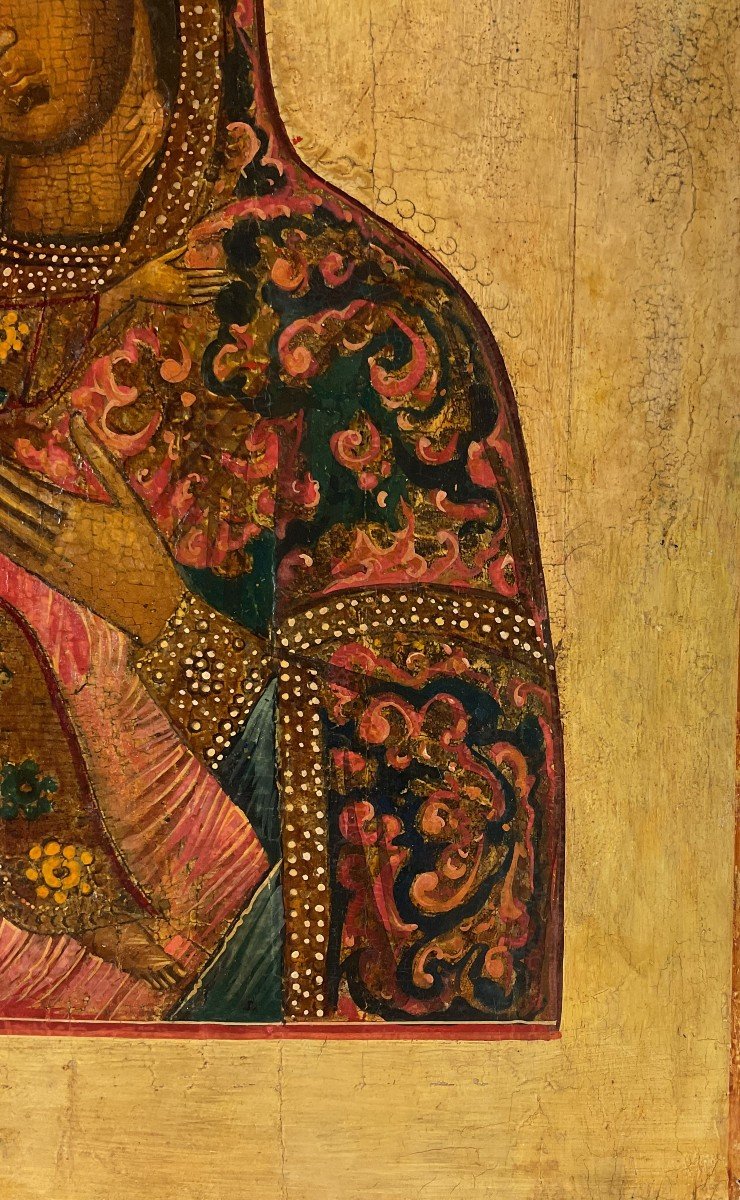





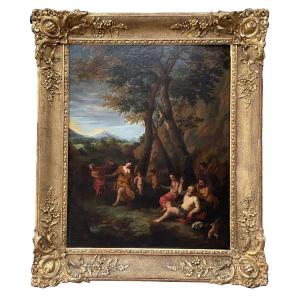



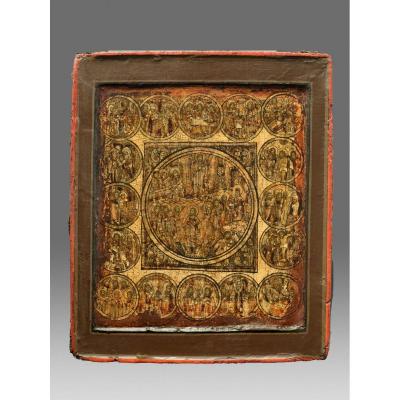
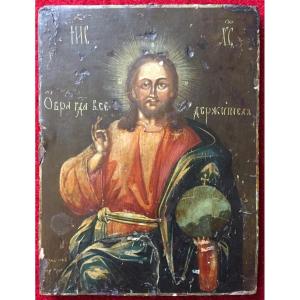
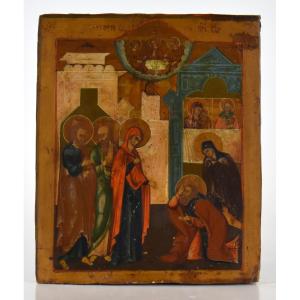



 Le Magazine de PROANTIC
Le Magazine de PROANTIC TRÉSORS Magazine
TRÉSORS Magazine Rivista Artiquariato
Rivista Artiquariato
